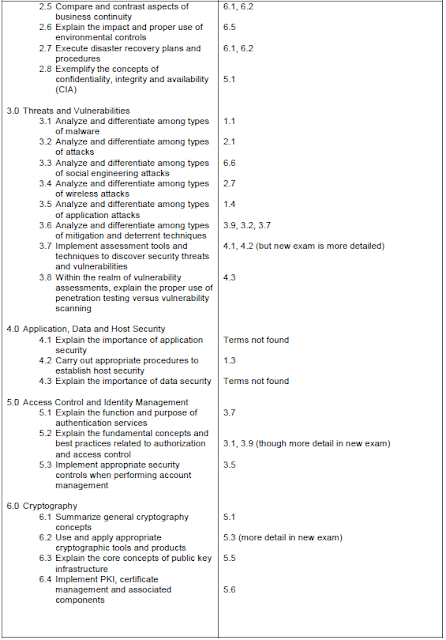I was forwarded a very interesting article yesterday from Network World.
Number 4 on the list is "Not preparing for data breach". Interesting to note, I would say this is number 1. In my course of work as both a consultant and instructor, I am still amazed at how many companies are lacking in IT security preparedness. What could be more important than protecting a companies assets?
I understand the need for a business to get revenue to pay the bills. I also understand that one security breach can also cost a company revenue or even put a company under. Being prepared for a breach and protecting from a breach are important so a company can continue to do business. If there is an interruption in service or access to assets, it does not take long for a company to be out of business.
Security is a hot topic right now in IT, lets hope more companies get on board....
Number 4 on the list is "Not preparing for data breach". Interesting to note, I would say this is number 1. In my course of work as both a consultant and instructor, I am still amazed at how many companies are lacking in IT security preparedness. What could be more important than protecting a companies assets?
I understand the need for a business to get revenue to pay the bills. I also understand that one security breach can also cost a company revenue or even put a company under. Being prepared for a breach and protecting from a breach are important so a company can continue to do business. If there is an interruption in service or access to assets, it does not take long for a company to be out of business.
Security is a hot topic right now in IT, lets hope more companies get on board....
- Tom Pruett, Cisco & Security Expert; MCT, CTT+, CISSP, CWNA, CEH, CHFI, CCSI, CCNA, MCSE LinkIn with Tom




